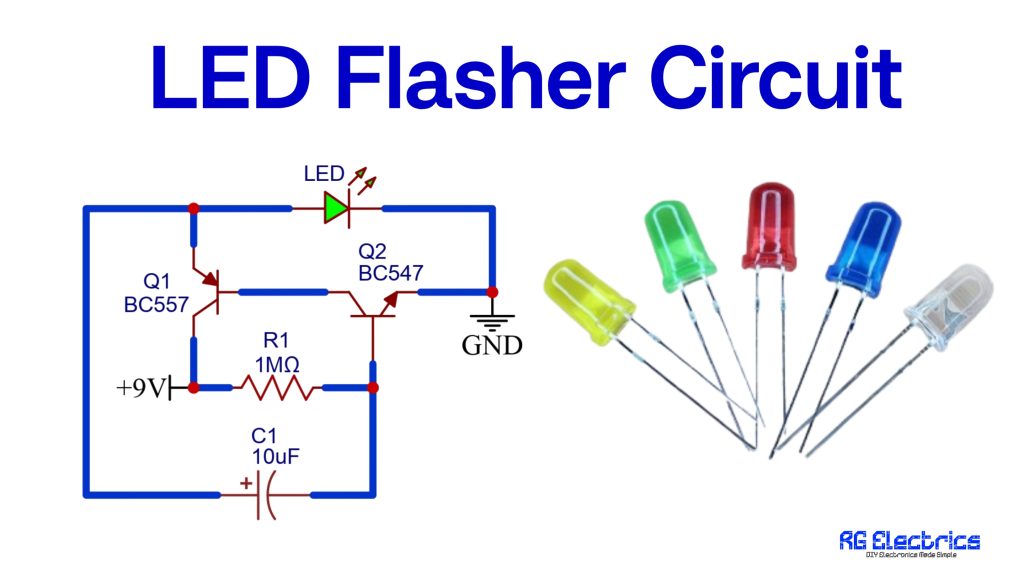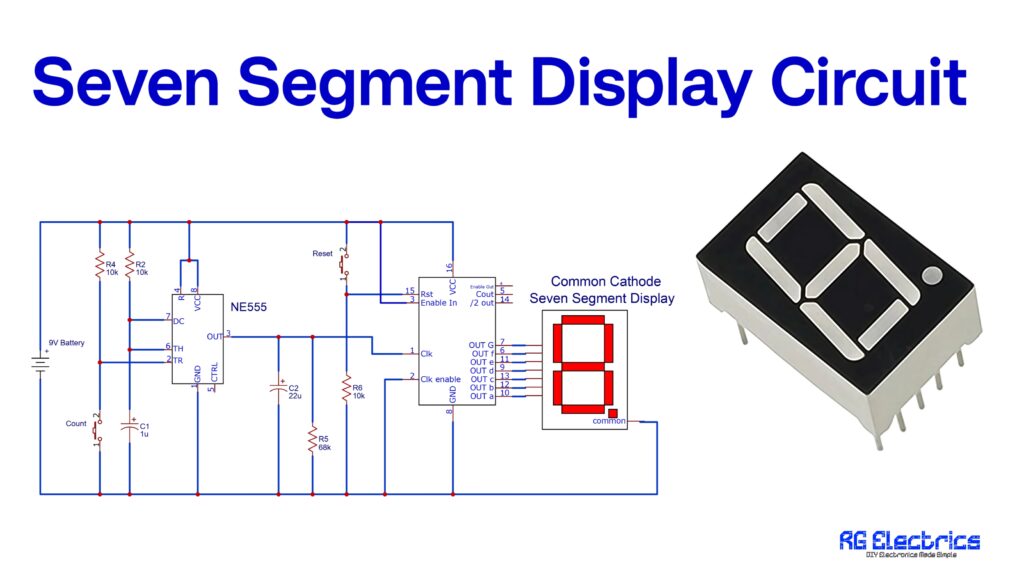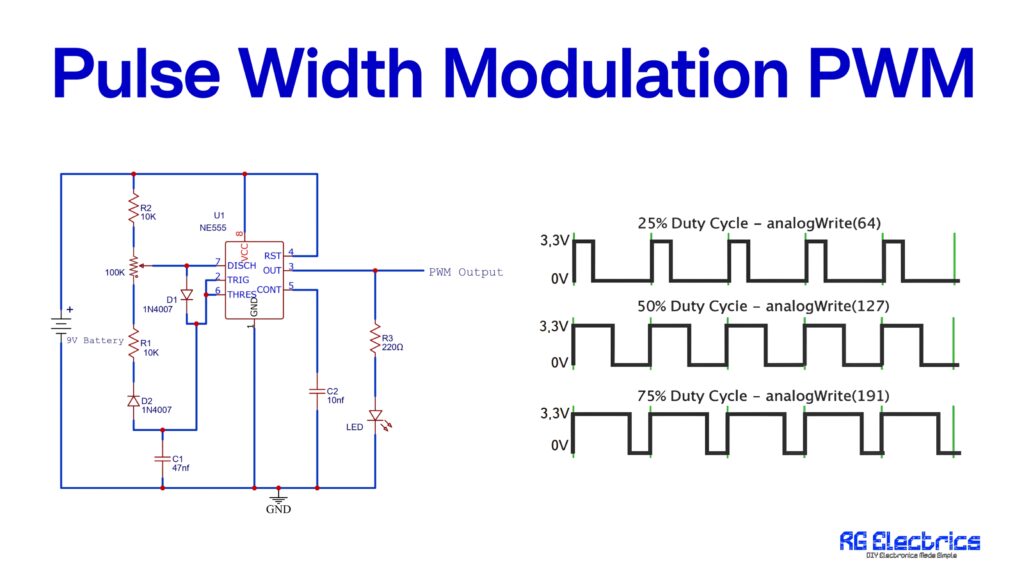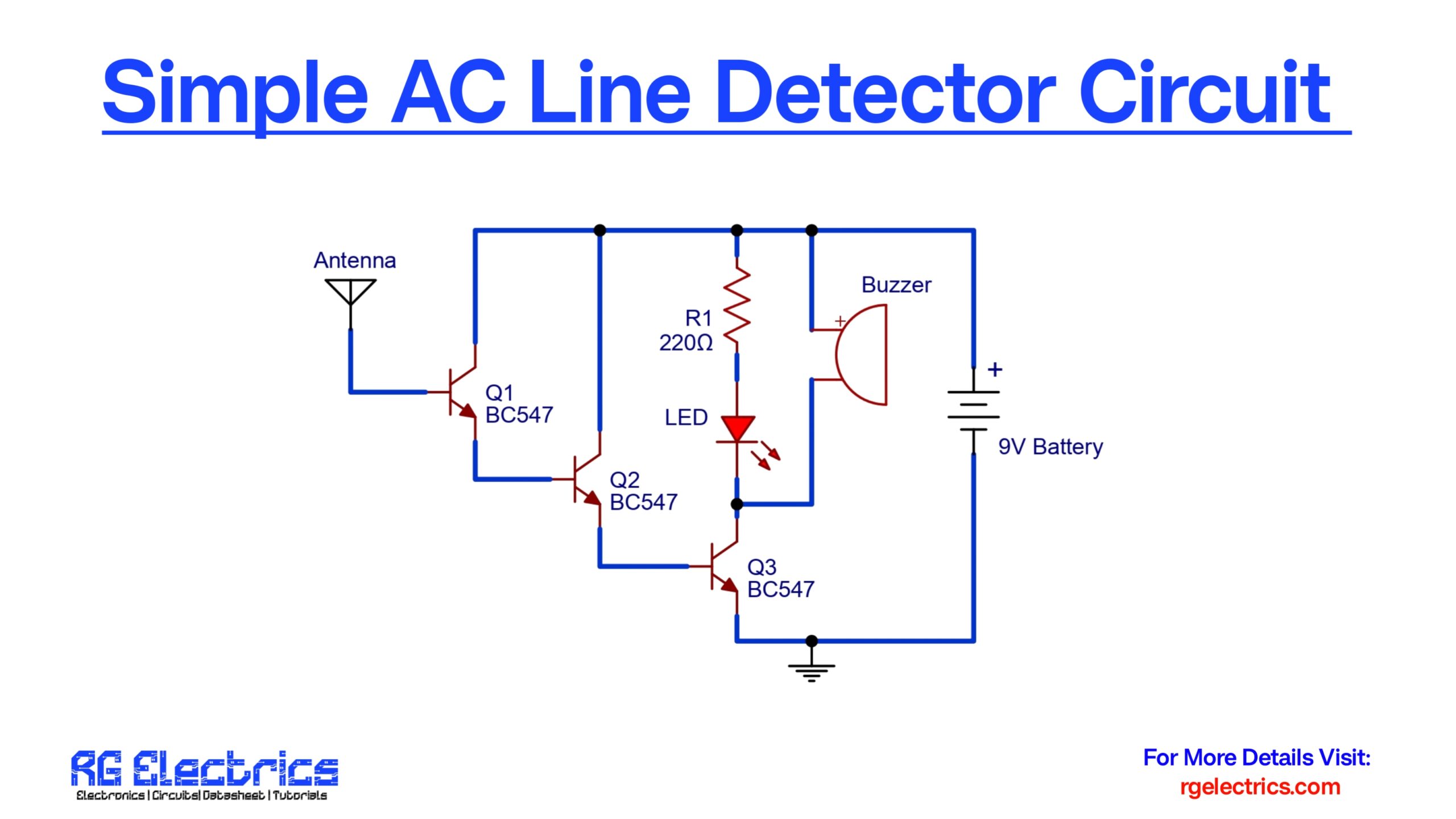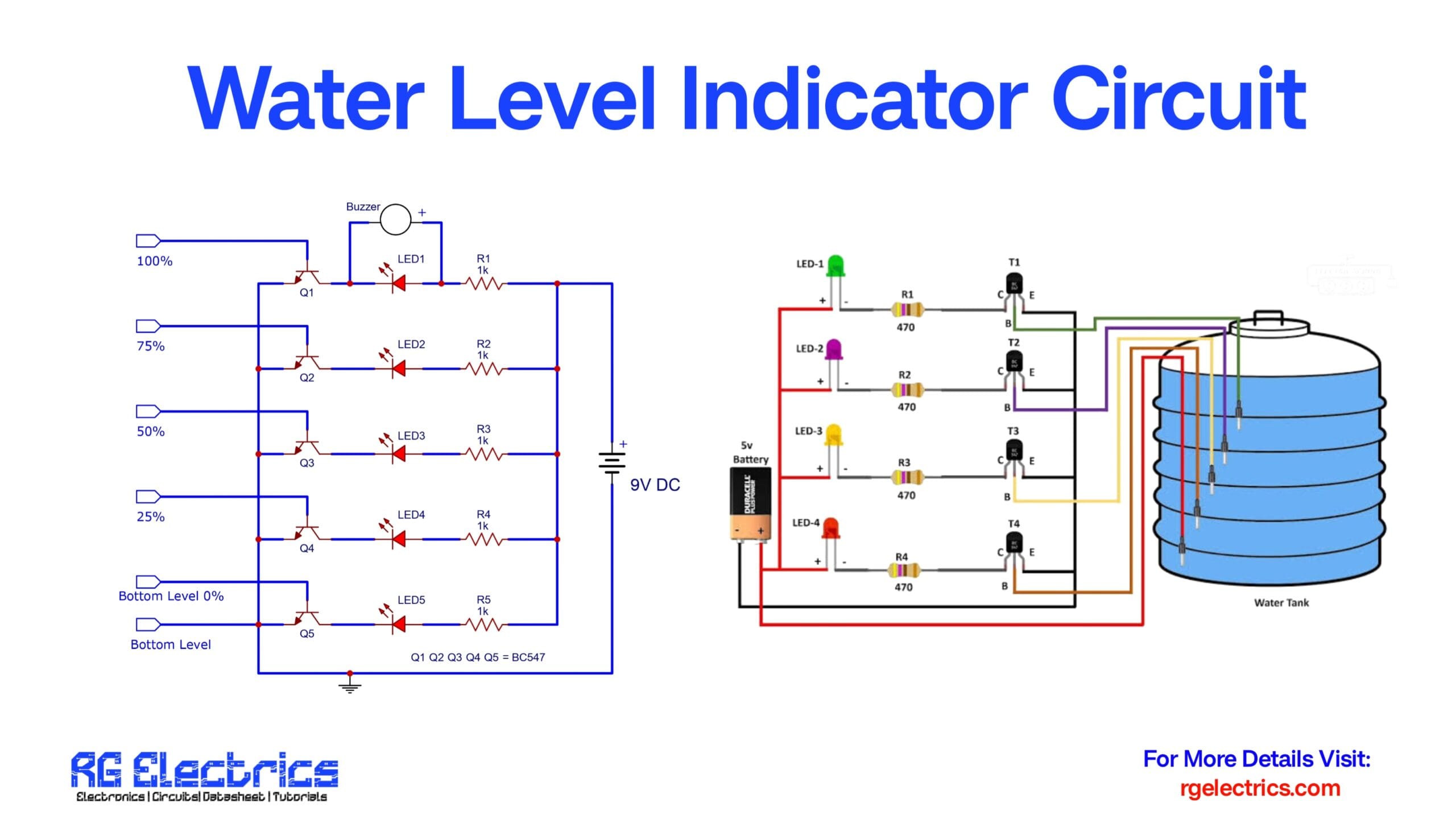Table of Contents
Introduction:
In this post we are going to discuss some non-contact voltage detector/tester circuits for checking the presence of active mains live wire. We will understand what is a non-contact voltage detector, how it works and how to build it using transistors. A non-contact voltage detector (NCVD) is a handheld electrical tool used to detect the presence of electrical voltage in a circuit or wire without making physical contact with it. It works by sensing the electric field generated by live electrical conductors. When it detects voltage, it typically gives a visual or audible alert, such as a light or beep.
Here are key features of an NCVD:
Safety: It allows electricians or technicians to safely check for voltage in wires, outlets, or electrical devices without touching the conductor, reducing the risk of electric shock.
Convenience: Since there’s no need to make physical contact, it can be used on insulated wires, which makes it useful for quickly checking whether a wire is live.
Sensitivity: Most detectors are designed to detect voltage at different ranges, typically from 50V to 1000V or more, making them suitable for both low- and high-voltage applications.
Usage: Simply hold the tip of the device near a wire or electrical outlet, and if the voltage is present, the detector will light up or emit a sound.
They are commonly used by electricians, maintenance personnel, and DIY enthusiasts to ensure electrical safety while working on electrical installations.
Components:
| S.No | Component | Value | Qty |
|---|---|---|---|
| 1. | Transistor | Bc547 | 3 |
| 2. | Resistor | 1M, 100K, 220 OHM | 1,1,1 |
| 3. | LED | 5mm | 1 |
| 4. | Copper Wire for Antena | – | 1 |
| 5. | 9V Battery | – | 1 |
BC547 Transistor:
The BC547 is a widely used NPN bipolar junction transistor (BJT). It is commonly employed in low-power switching and amplification applications. Here’s a breakdown of its characteristics:

Key Specifications:
- Type: NPN transistor
- Maximum Collector-Emitter Voltage (Vce): 45V
- Maximum Collector Current (Ic): 100mA
- Power Dissipation (Ptot): 500mW (maximum)
- DC Current Gain (hFE): 110 to 800 (varies by model and conditions)
- Transition Frequency (fT): 300 MHz (typical)
- Pin Configuration:
- Pin 1: Collector
- Pin 2: Base
- Pin 3: Emitter
Applications:
- Switching: It is often used in circuits to switch low-power devices like LEDs, relays, and other components.
- Amplification: The BC547 can amplify small current signals, making it suitable for audio amplifiers, signal amplifiers, and other similar applications.
- Oscillators and Signal Processing: It is used in circuits that generate or process AC signals.
- General-purpose circuits: It’s commonly found in hobbyist and educational electronics projects because of its versatility and low cost.
How It Works:
In saturation mode, the transistor acts as a closed switch when the base receives enough current, allowing current to flow from the collector to the emitter.
In cutoff mode, the transistor acts as an open switch when no current flows from base to emitter, preventing any collector current.
The BC547 has become a staple in electronics because of its robustness, low cost, and wide availability.
Circuit Diagram:

Circuit Explaination:
The circuit works by detecting the electric field around an AC-carrying conductor. The electric field induces a small voltage in a sensor (like a metal probe or an antenna), which is then amplified and used to trigger an indicator like an LED or buzzer. When the sensing probe comes near a live AC wire, the electric field induces a small voltage. This voltage is enough to turn the transistor ON, allowing current to flow through the LED, causing it to light up. The circuit is sensitive to the electric field of the AC line, so no physical contact with the wire is required.
Application:
A non-contact voltage detector (NCVD) has a variety of uses, primarily centered around electrical safety and troubleshooting. Below are some of the most common uses of NCVDs:
- Electrical Safety Checks
- Verify Live Wires: Electricians use NCVDs to check whether a wire is live before working on it, preventing potential electric shocks.
- Check Power Outlets: It helps ensure that a power outlet is live or properly connected to the power supply before plugging in devices.
- Identify Breaks in Wires: You can move the detector along the length of a wire to locate where the current stops, indicating a break or fault in the wiring.
- Troubleshooting Electrical Circuits
- Locating Faults: NCVDs are used to pinpoint issues like short circuits, open circuits, or disconnected wires by identifying where voltage is present or absent.
- Testing Circuit Breakers: You can use it to check if a circuit breaker is properly supplying power to the respective circuit.
- Identifying Incorrectly Wired Outlets: By checking for voltage in the wrong parts of an outlet, the detector can help identify wiring mistakes.






